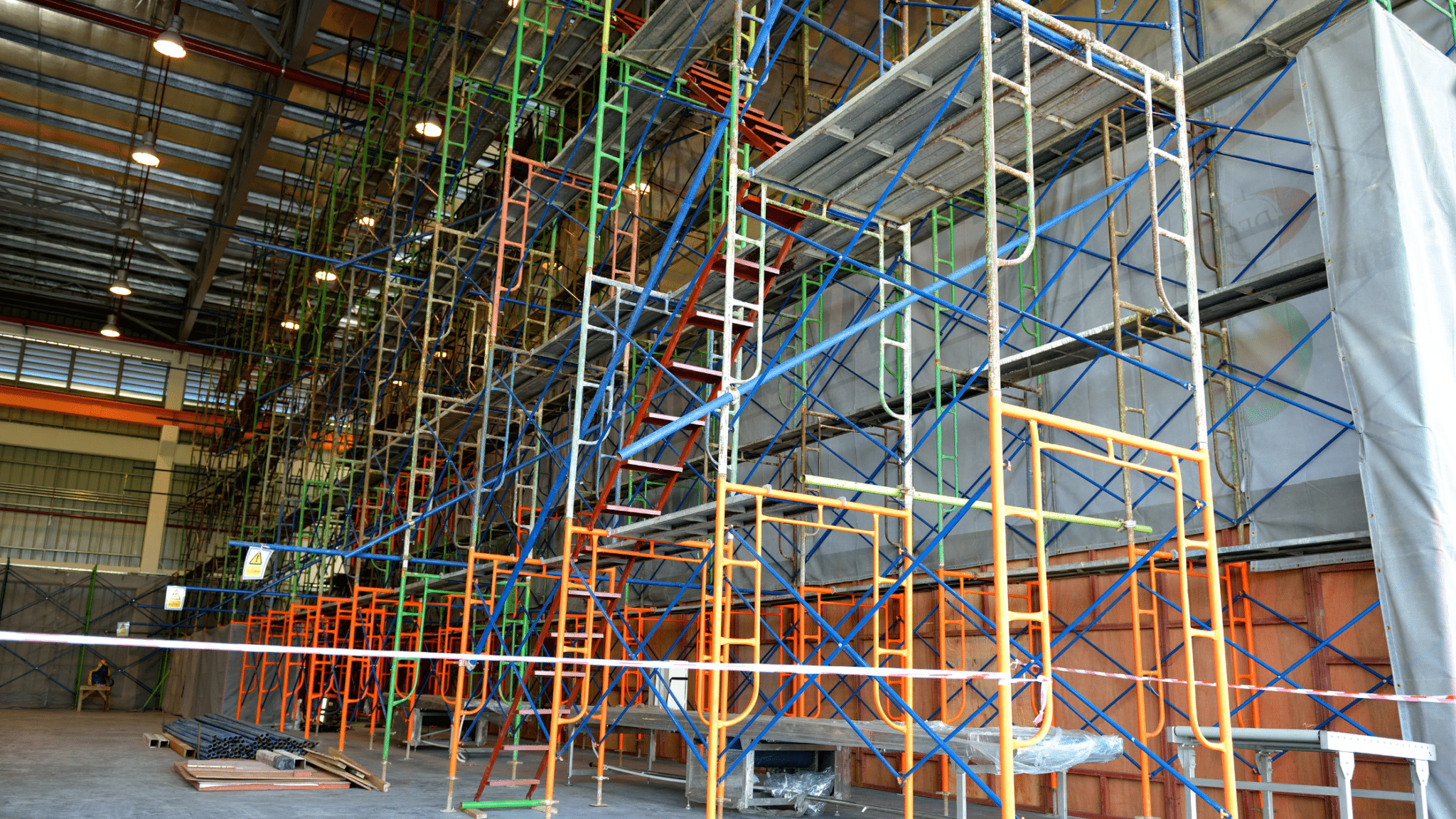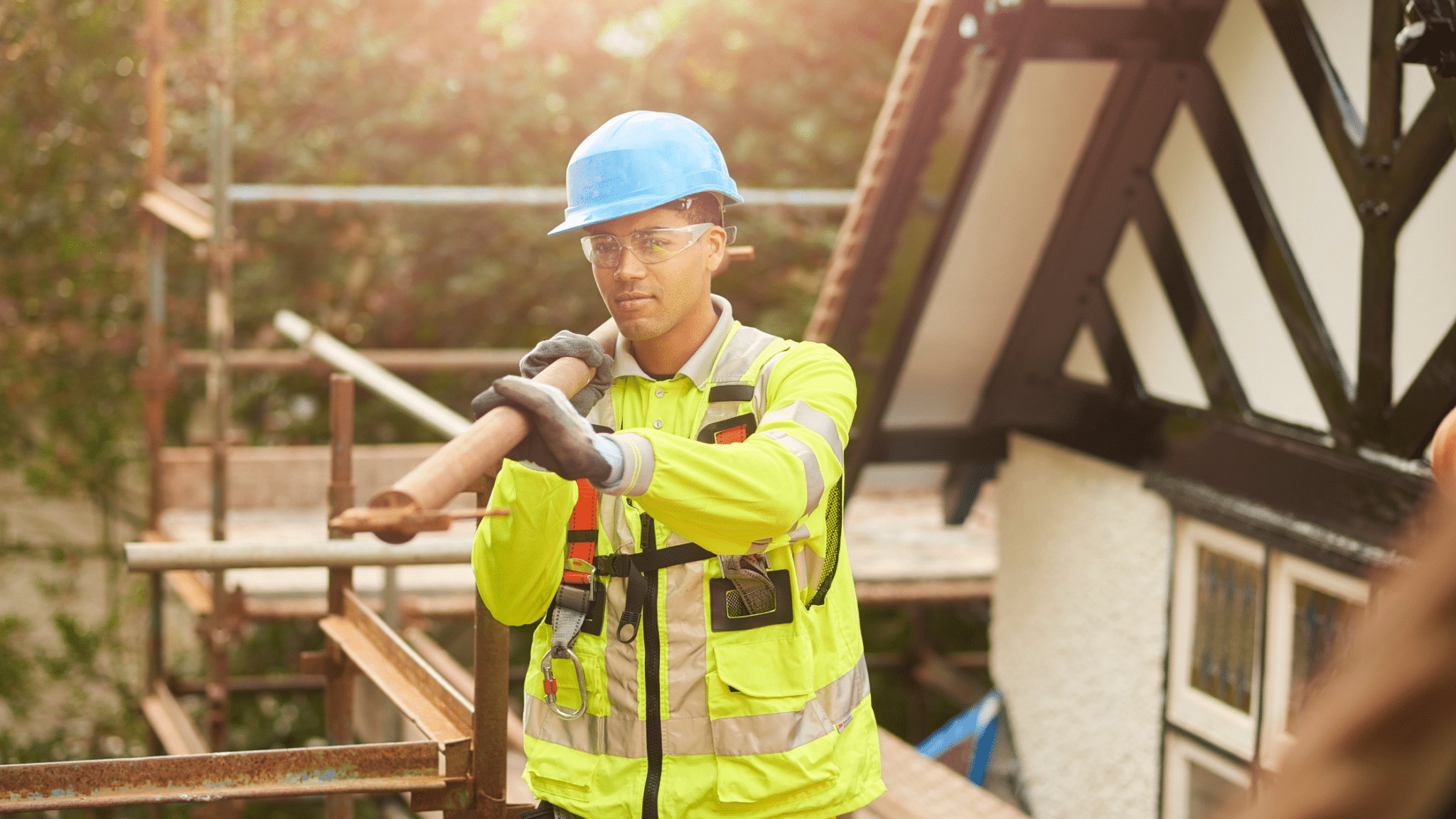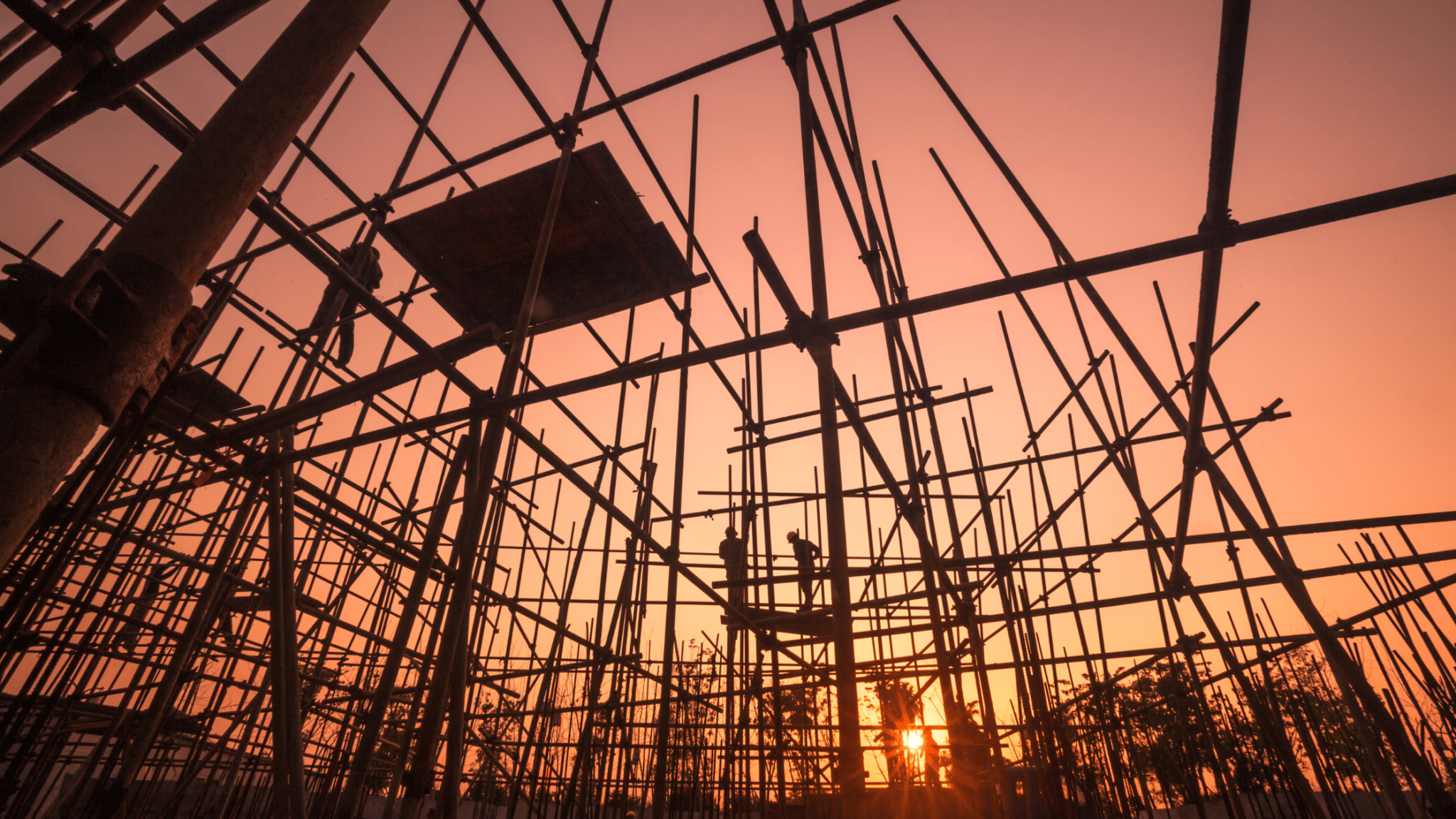Understanding a scaffolder's job responsibilities ensures you avoid scams and get your money's worth. Also,…

Why Use Indoor Scaffolding?
When carrying out different maintenance tasks or construction projects within an industrial facility, interior scaffolding is required for various reasons. The advantages of using indoor scaffolding are great, prompting the question: why should you use inside scaffolding?
With improved efficiency, accessibility, safety, and additional benefits, indoor scaffolding proves advantageous in numerous ways. It not only accelerates project completion but also represents a more cost-effective option, in comparison to aerial lifts or hydraulic platforms, over the long term.
Read on to find out why you should use internal scaffolding, and what projects are best suited for it.
Why Should You Use Indoor Scaffolding?
There are several reasons why you should invest in indoor scaffolding, including :
Increased Efficiency And Accessibility
By providing a stable working platform, indoor scaffolding can help increase productivity by enabling workers to perform tasks more efficiently and effectively, thus completing projects quicker.
Additionally, Indoor scaffolding provides safe and convenient access to hard-to-reach areas within buildings, allowing workers to perform tasks such as maintenance, painting, or repairs at elevated heights
Safety
Indoor scaffolding systems offer a secure platform for workers, significantly lowering the risk of accidents. This is because utilising indoor scaffolding diminishes reliance on makeshift platforms or ladders, which are prone to instability.
Cost-Effectiveness
While there may be upfront costs associated with acquiring or renting scaffolding equipment, the increased efficiency and safety it provides can lead to cost savings in the long run by reducing the likelihood of accidents or delays.
What Is The Purpose Of Internal Scaffolding?
The purpose of indoor scaffolding is to act as a temporary framework, allowing workers a platform for tasks conducted at elevated levels within the inside of a building. Similar to outdoor scaffolding, be it aluminium or traditional steel scaffolding, it facilitates the safe and efficient progress of work by supporting both workers and materials.
What Projects Use Indoor Scaffolding?
Indoor scaffolding is utilised in construction and renovation projects for tasks like painting, plastering, drywall installation, ceiling repairs, lighting installation, and HVAC maintenance within buildings. It provides a stable platform for workers to access elevated areas safely and efficiently, aiding in material and equipment movement while adhering to strict safety standards.
Can Scaffolding Systems Be Used Inside?
Yes, scaffolding systems can be used inside. As mentioned, indoor scaffolding provides access to elevated areas, facilitates safe working conditions, and allows for the efficient completion of tasks within indoor environments.
What Is The Difference Between Indoor And Outdoor Scaffolding?
Outdoor scaffolding is engineered to support heavier loads compared to indoor scaffolding and is commonly used for large exterior projects such as constructing or repairing the exterior of buildings. On the other hand, indoor scaffolding is typically smaller and more manoeuvrable, often sized to pass through standard doorways, and is generally designed to accommodate up to only two individuals.
Indoor Scaffolding Rental At Hi-Point Access
We have the ideal solution for you if you’re looking to rent indoor scaffolding. Our expert team can help you with your scaffolding needs for your project. At Hi-Point Access, we are South Yorkshire’s leading supplier of scaffolding solutions and have provided safe, secure scaffolds for various industry-leading projects for reputable clients. For more direct information, contact us today to see how our experts can help you.



